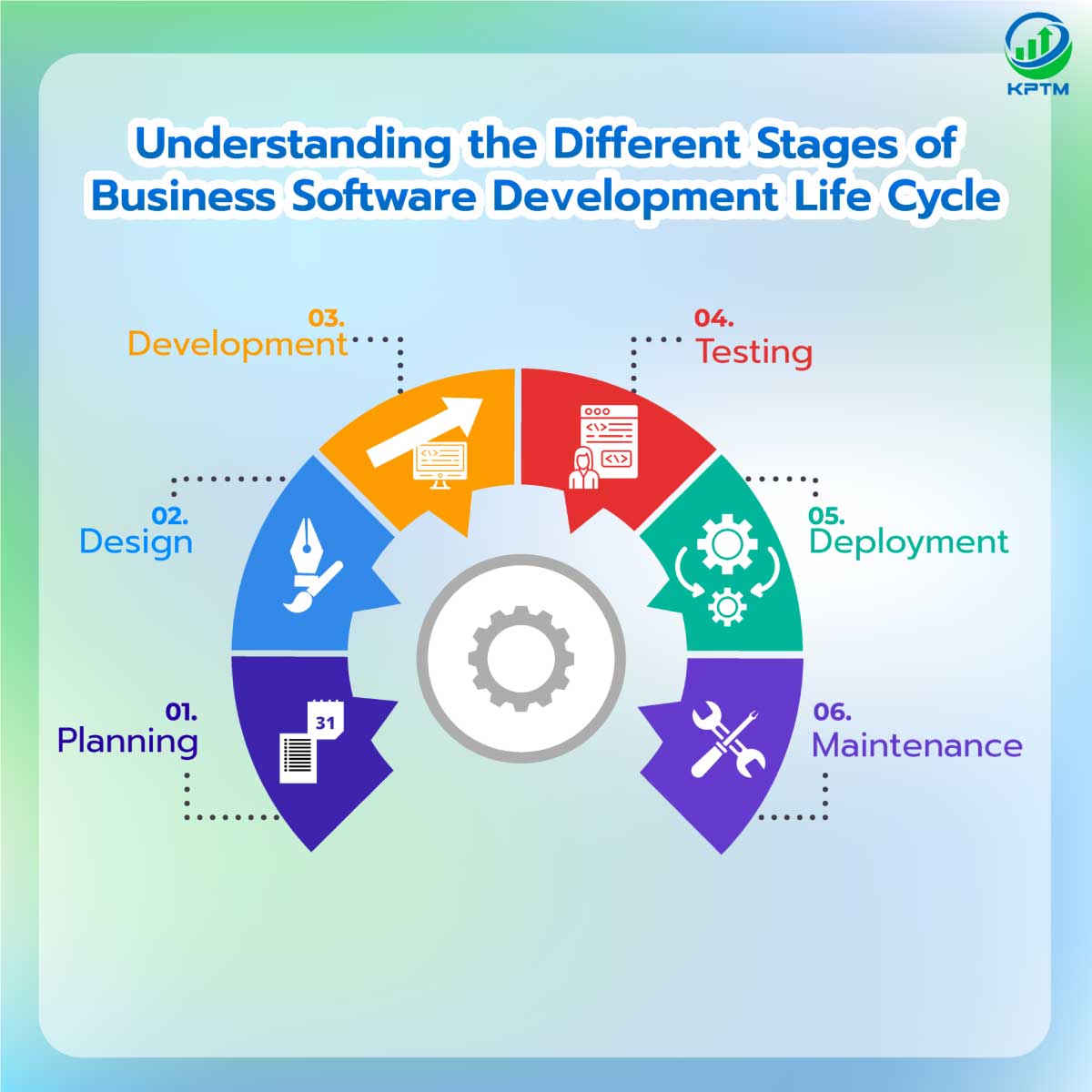Business software development is a multi-stage, complex process that starts with basic planning and ends with deployment. Businesses may plan and manage their software development projects more efficiently by having a better understanding of the various stages of the software development life cycle. The many phases of the business software development life cycle will be discussed in this article.
- Planning
Planning is the first phase of the software development life cycle. This entails establishing the software’s objectives and needs as well as the business opportunity or problem that it will solve. Businesses should think about the project’s scope, timeframe, and money throughout the planning phase.
- Design
In the design phase, a comprehensive blueprint for the software’s architecture, user interface, and functionality is created. Businesses may develop software prototypes or wireframes throughout the design phase in order to get feedback from stakeholders and to aid in visualising how the software will operate.
- Development
In the development stage, the program is really written from scratch, tested, and debugged. Businesses should think about concerns like security, scalability, and performance during the development stage.
- Testing
The software’s functionality and compliance with the specifications outlined in the planning stage are both confirmed during the testing step. The software must be tested in many settings and scenarios, and any defects or problems must be found and fixed.
- Deployment
Release of the software to users is part of the deployment phase. This could entail downloading the program and putting it on users’ computers or making it a cloud-based service. Businesses should take user assistance and training into account as they install new systems.
- Maintenance
Maintenance is the last phase of the software development life cycle. This entails continual software support and upkeep, including bug repairs, updates, and improvements. During the maintenance stage, businesses should also take into account concerns like user feedback and changing business requirements.
For successful planning and management of software development projects, it is crucial to comprehend the various phases of the business software development life cycle. Businesses may produce high-quality software solutions that satisfy their needs and goals by adopting a disciplined strategy that encompasses planning, design, development, testing, deployment, and maintenance.







